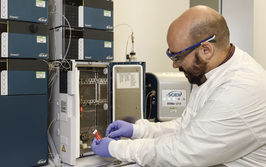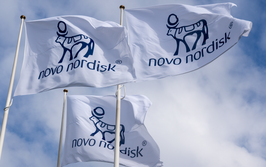Particle characterization of the active components in a pharmaceutical topical formulation

contributed by Malvern Panalytical |
Most pharmaceutical products comprise active and inactive component(s) that are blended in some way. Although the particle size distribution of the individual components is easily determined before the blending step, the ability to make this determination on the resultant blend can be much more difficult. The active pharmaceutical ingredient(s) (API) is typically the most valuable component present in a blend and as such it tends to be the focus of most quantitative analyses performed.
Component specific particle characterization in a blend can provide information regarding homogeneity and potency of a single component. Additionally, it can determine if the manufacturing process has changed the particle size or shape that may result in potential performance issues. The most common methods for performing such an analysis use manual microscopy and visual identification of the active particles within a blend dispersion, which can be time consuming, subjective, and inaccurate.
This application note describes how the combination of automated image analysis with Raman spectroscopy in the Morphologi G3-ID can be applied to increase both the accuracy and robustness of these types of measurements by chemically identifying and isolating the particles of interest within a topical cream formulation.
Log in or register to read this article in full and gain access to The Medicine Maker’s entire content archive. It’s FREE!



















